I don’t know if you feel the same, but this Year of the Rabbit’s Lunar New Year finally felt like a real celebration again.
Many workers returned to their hometowns after a long absence, and even the sound of fireworks and firecrackers in both cities and villages seemed livelier, instantly bringing the festive spirit of bidding farewell to the old and welcoming the new!

In my city, fireworks are allowed outside the third ring road. After watching videos online of people engaging in “firework battles” with Gatling fireworks, I was also tempted to get some “ammunition.”
I observed that many places have switched from banning to restricting fireworks this year, and it seems the demand has gone up suddenly. The price of fireworks and firecrackers has become somewhat outrageous.
Forget about Gatling fireworks being unavailable; I restrained myself and bought just a small bag. Want to guess the cost? 900!
I can’t figure out the inflation rate of fireworks and firecrackers, and at this moment, I genuinely envy that small city near Changsha, Hunan Liuyang, which achieved “firework freedom” 1,400 years in advance and has fireworks 365 days a year. (Fireworks = fireworks + firecrackers)
Yes, it’s the same Liuyang of Liuyang River fame.
If this name confuses you, don’t worry; it’s normal. But those gala events and celebrations you’ve seen likely owed a lot to Liuyang’s contributions.

Besides Changsha’s popular tourist spot, Orange Island’s firework display, every firework is stamped with “Made in Liuyang.”

At the Hainan venue of the Spring Festival Gala, Liuyang fireworks made a seagull spread its wings over the night sky of Haitang Bay, with its wings flapping beautifully.
At last year’s Chinese Communist Party centenary celebration, the fireworks lighting up the Bird’s Nest sky were also crafted by the people of Liuyang.
Fifteen years have passed since the Beijing Olympics, but the most memorable scene for me is still those 29 giant footprints across the city.

At major international events, the London and Rio Olympics, Dubai’s Burj Khalifa New Year fireworks, the Hudson River fireworks show for the U.S. Independence Day, and the daytime fireworks show on the Charente River in France… whenever Liuyang fireworks appear, they inevitably become the focus of the event. Isn’t this a form of cultural export?


They can handle grand occasions, and on their own turf, Liuyang folks know how to have fun with fireworks, too.
This year’s trending Gatling fireworks, which sold out everywhere, were already being played with in Liuyang last year!
Want to know next year’s firework trends? Don’t bother asking fashion moguls; the trendsetter is right here.
When medical personnel who had assisted Wuhan returned, they were welcomed with fireworks paving their way—a perfect showcase of Liuyang’s fireworks, including some that can even be set off during the day.
In remembrance of Academician Yuan Longping, fireworks resembling rice ears exploded over the fields in Liuyang. This is a form of romance only understood by the Chinese.

Ordinary fireworks, akin to plain meals, no longer satisfy the people of Liuyang. So, they went ahead and created the world’s longest firecrackers, stretching 20.8 kilometers.
Well, it could encircle Macau three times.

In terms of length, they are already world champions, but in terms of height, there’s still room for improvement.
“Pyrotechnic genius” Cai Guoqiang made numerous trips to Liuyang to meticulously select fireworks for his masterpiece, which culminated in the 500-meter sky ladder spectacle.

There’s no need to elaborate on holidays; they naturally use them as occasions for grand fireworks displays.
During Spring Festival, New Year’s Eve, Winter Solstice, and even the Dragon Heads-raising Festival on February 2nd, different themed fireworks installations are introduced for specific holidays, inspired by an endless stream of creativity.



More importantly, it’s not just holidays when you can see fireworks in Liuyang. Local manufacturers need to test and sample a vast array of new products. You can see free fireworks every day, 365 days a year!


With a continuous display throughout the year, the people of Liuyang have developed such discerning tastes for fireworks that they surpass experts—ordinary fireworks aren’t even worth a glance. Those that get a strong response inevitably become best-sellers the following year.

Fireworks are an art of sound, light, and color. No matter how much I praise them, it can’t compare to experiencing them firsthand on the streets of Liuyang.
Just as it’s worth traveling to Zigong to see world-class lanterns, a trip to Liuyang for top-tier craftsmanship and imaginative fireworks displays will not disappoint.
Now, let me also provide a guide for exploring and enjoying Liuyang.

How to get to the hometown of fireworks, Liuyang?
Liuyang is quite close to Changsha and is currently administratively managed by Changsha. Unfortunately, no high-speed train connects them yet.
The most convenient way is to drive. It takes about 1.5 hours to drive from downtown Changsha to Liuyang, making it ideal to combine both in one trip.
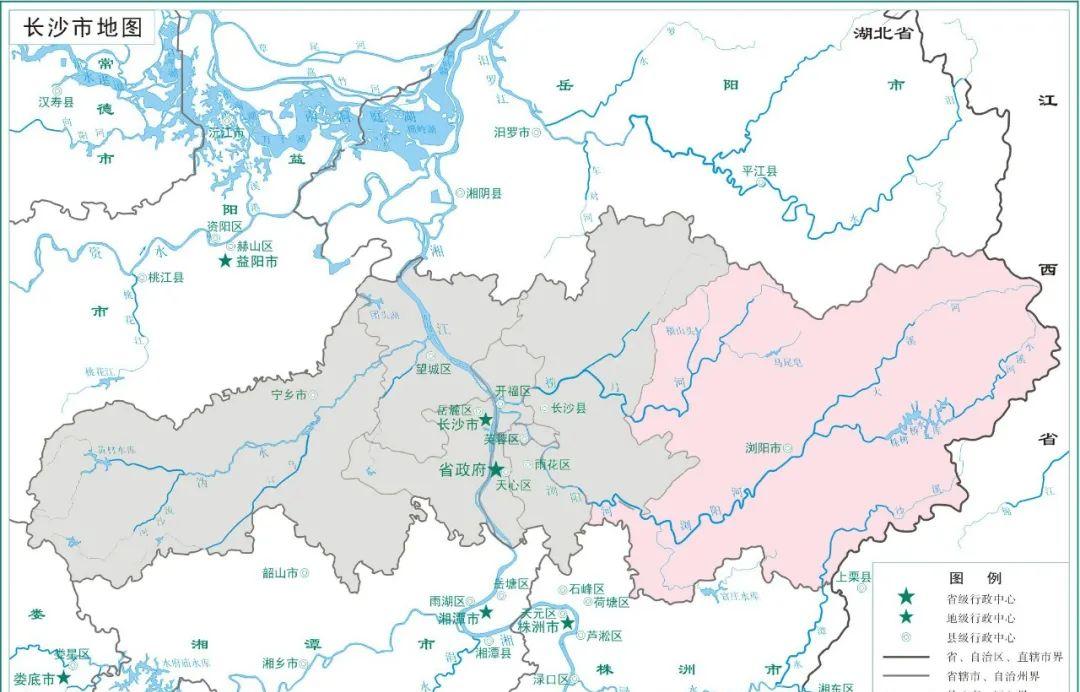
When is the best time to visit Liuyang?
Any day that’s close to a holiday (meaning even Winter Solstice, Qixi Festival, or 520 counts) will be filled with a festive atmosphere in Liuyang!
You can see fireworks daily (usually around the Liuyang River), but large-scale, choreographed fireworks shows only happen during holidays.
The next major show will be on the 15th day of the first lunar month. I’ve heard this year’s Lantern Festival fireworks are set to rival those of New Year’s Eve, and I’m already looking forward to it.
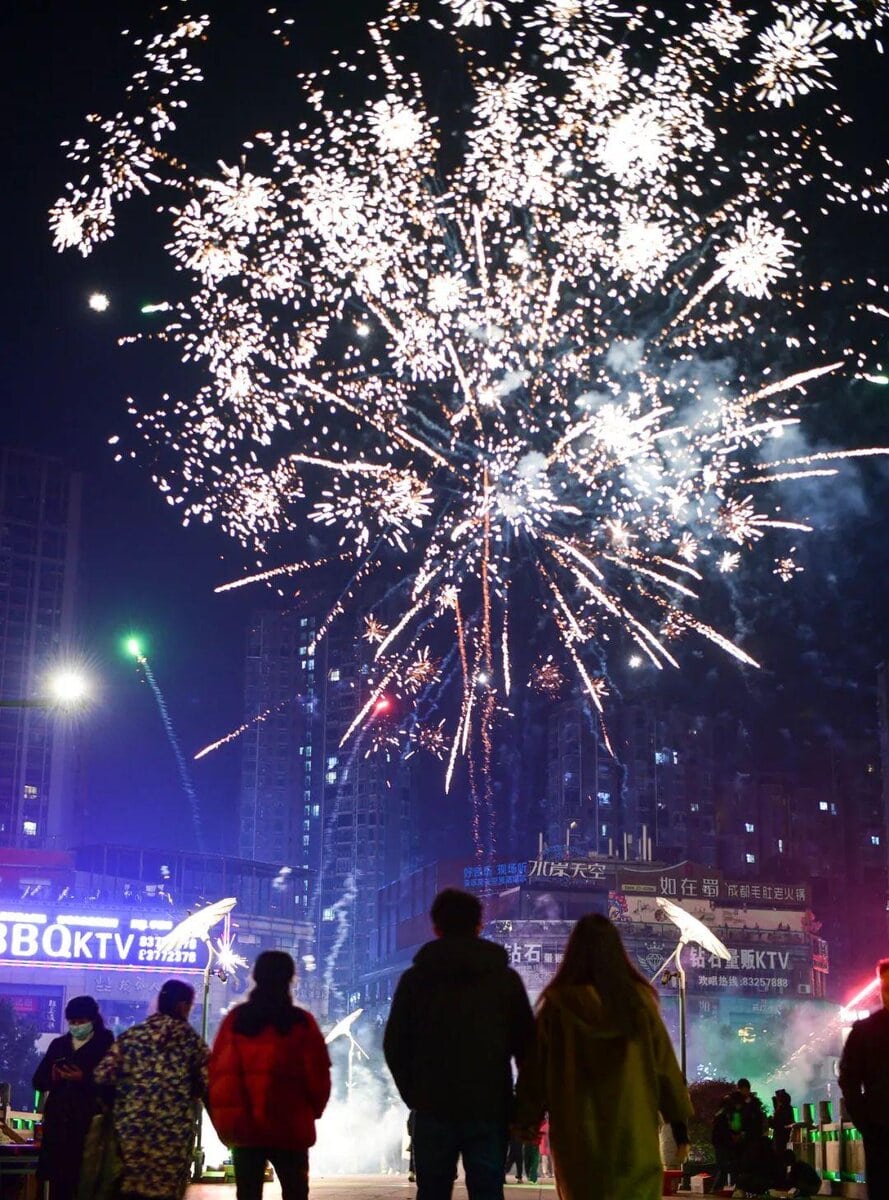
These large-scale fireworks shows are accompanied by song and dance performances, and there are seats available in the Sky Theatre for a more comfortable viewing experience. Seats inside the theater do require tickets.
If you just want to watch the fireworks, you can enjoy them from outside like the locals—it’s just as beautiful.
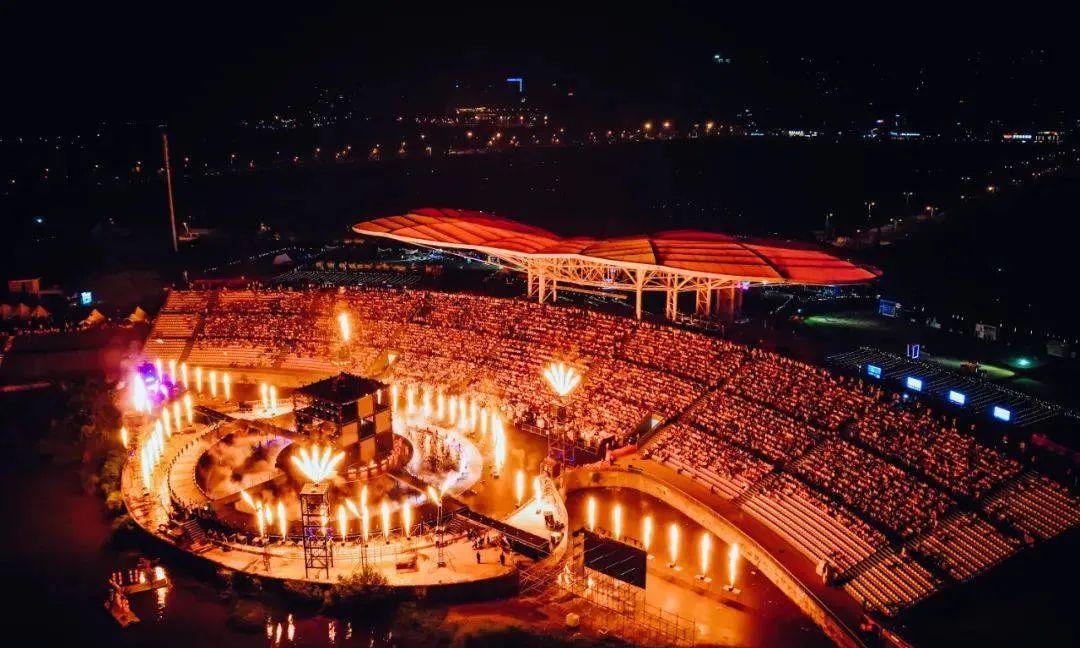
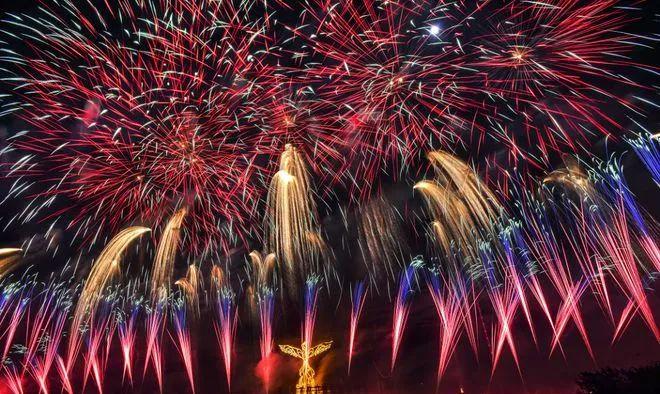
Additionally, this location also hosts the Liuyang International Fireworks Festival, which is an event you absolutely cannot miss.
Typically, the International Fireworks Festival is held every two years, around October if it takes place. It’s worth keeping an eye on for early bird tickets.
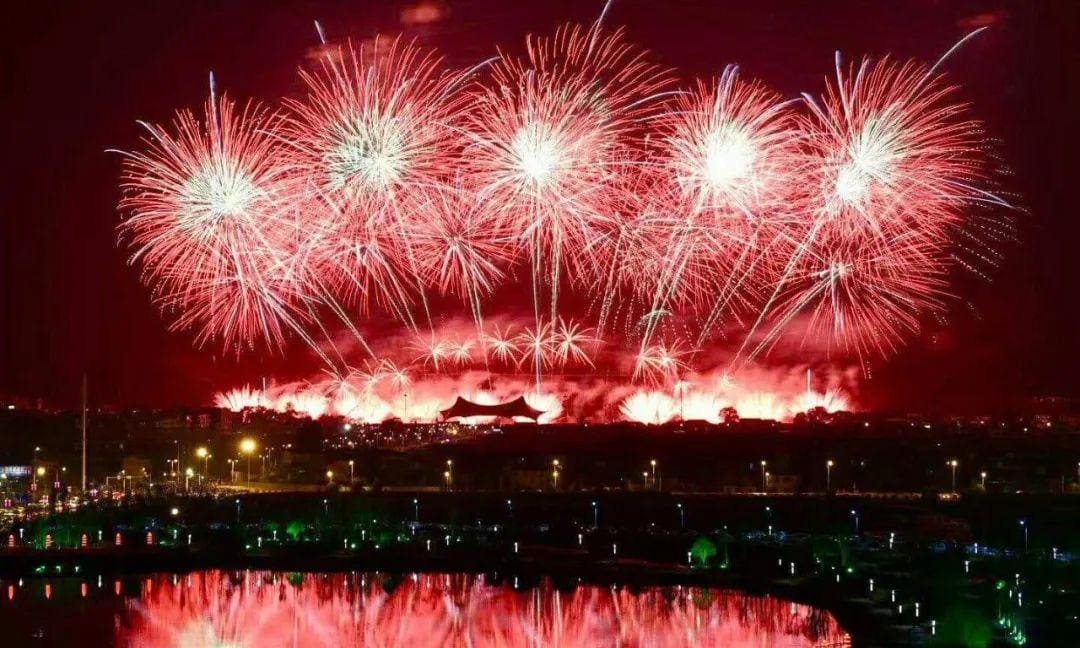
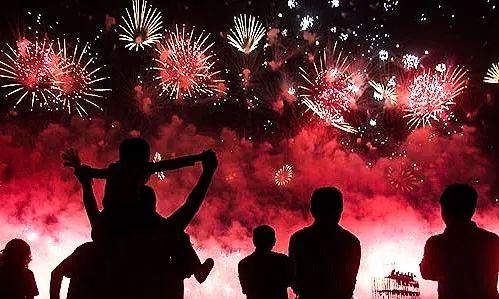
Want to buy fireworks to take home? Where should you go?
China is the largest producer of fireworks, accounting for 90% of the world’s output, with Liuyang contributing over 85% of the national production.
Without middlemen hiking up the price, 300 RMB worth of fireworks could fill up a car trunk. Granted, while it might not be the lowest price, buying fireworks in Liuyang is definitely a bargain.
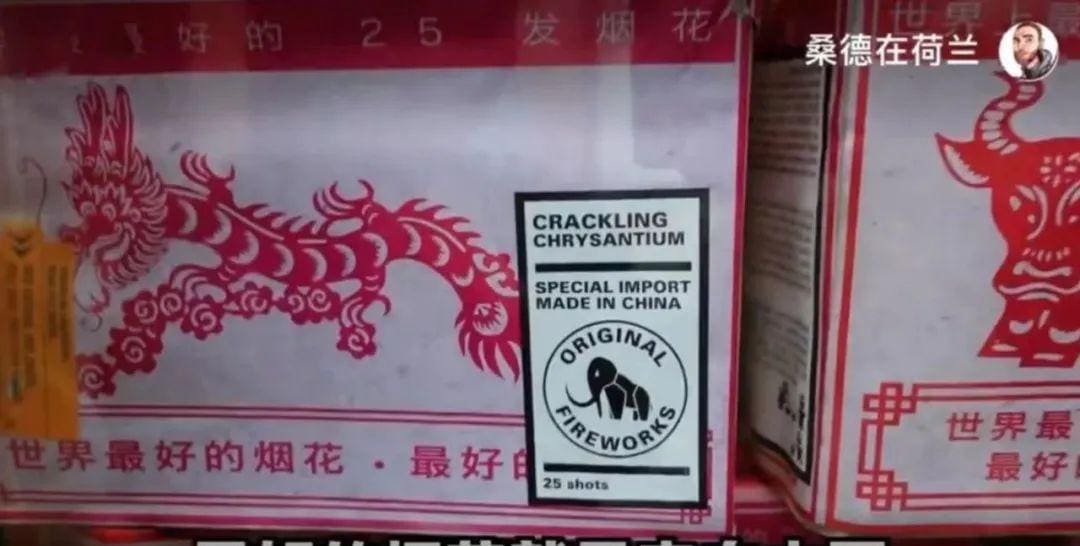
Take the popular Gatling fireworks for example. Factory price is 20 yuan each, and locally they retail for just 30-40 yuan.
In first- and second-tier cities, it’s a different story. The price might be around 100 yuan, and you might have to buy some less popular items like “rocket crackers” to get them. Be careful not to encounter “firework con men.”
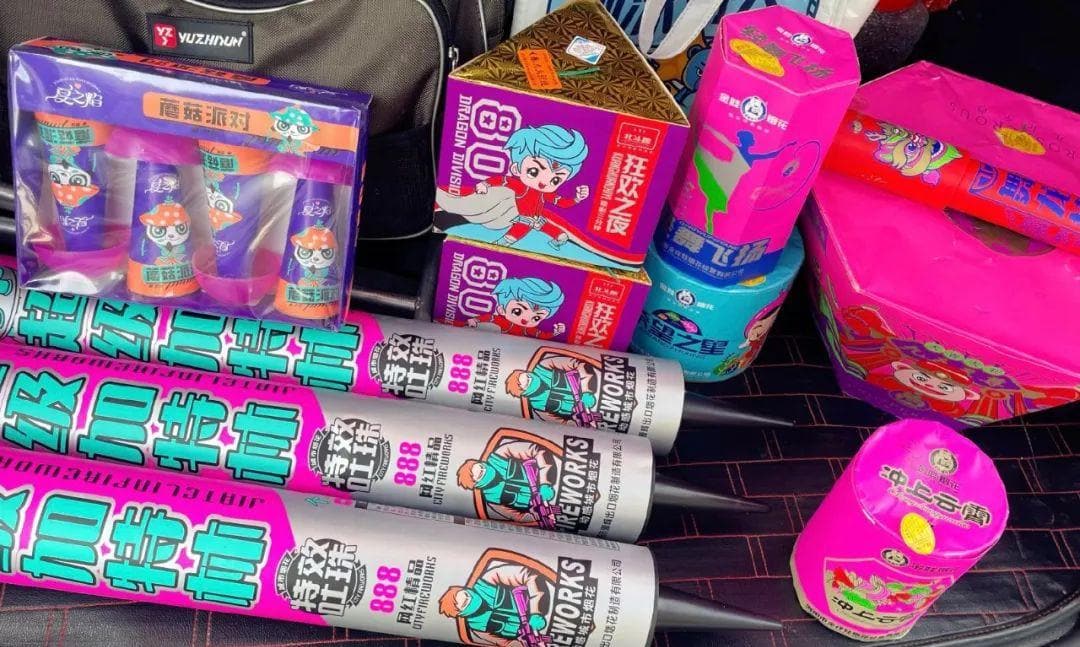
Liuyang’s streets are dotted with many specialty fireworks stores, and during holidays, there are numerous temporary sales points.
There’s also the Liuyang International Fireworks Display and Trade Center, the largest market in the area.
The variety of fireworks here is extensive, and they all come with QR codes. You can scan them to see how they look when ignited—pretty advanced, right? Other than not being able to ship them, the shopping experience is top-notch.

Aside from fireworks, what else does Liuyang have to offer?
The “mortal enemy of plain white rice,” Hunan’s version of fast food that makes Hunanese living abroad drool—Liuyang steamed dishes.
It’s almost synonymous with affordability. In Changsha, there’s a long string of “Ben Luobo Liuyang Cuisine” restaurants that are hugely popular, with an average bill of 50 yuan per person. In Liuyang, the birthplace of steamed dishes, the average cost is even lower, about half that price.

If you’ve explored the food streets and night markets in Changsha, you’ll notice Liuyang’s strong presence.
Just the “Liuyang steamed dishes” and “Liuyang fermented black beans” can carve out a niche for Liuyang in Hunan cuisine.
Especially for those in Hunan Province, these two items are almost as famous as fireworks, making them the most renowned local specialties of Liuyang.
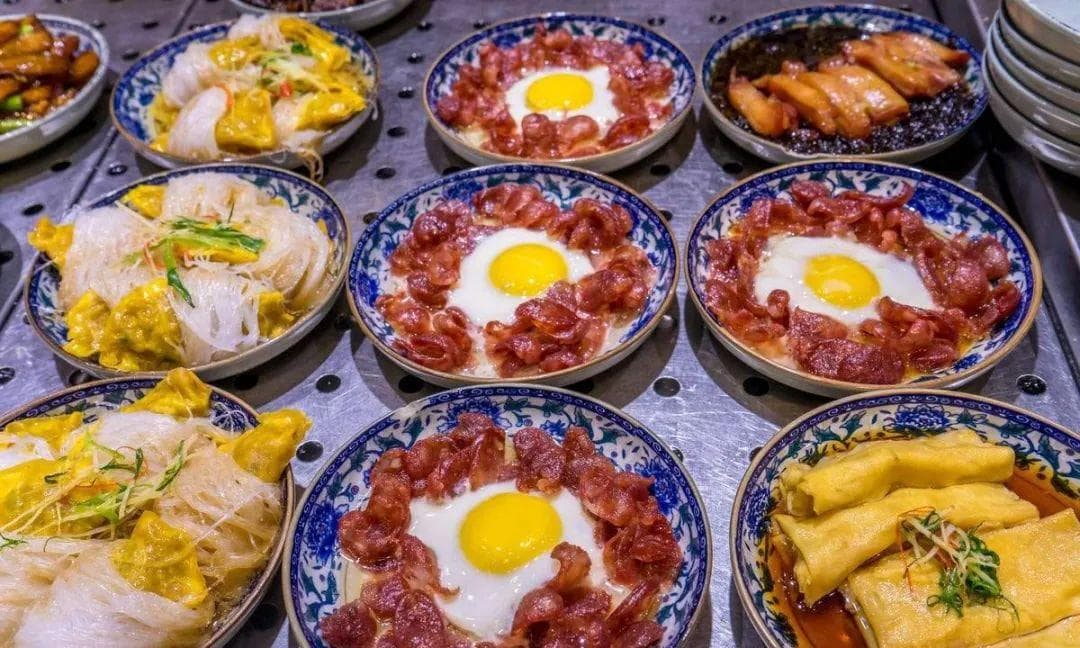
When it comes to spicy food, Liuyang can definitely be considered a contender in Hunan.
Liuyang steamed dishes are nothing like the “light” or “healthy” steamed food image you might have. Chili peppers play a significant supporting role, and it looks like the type of spiciness that could knock me out. 🌶

Affordable, but Liuyang people have quite a few particular preferences when it comes to eating steamed dishes.
For instance, one must never rush to use a pressure cooker for steaming dishes. When steamed dishes are served, the seasoning and ingredients must be quickly mixed together. Some elaborate dishes require multiple rounds of steaming, and the steps cannot be altered.

Additionally, different ingredients pair with different types of chili.
Chopped chili, stir-fried chili, roasted chili, stuffed chili, pickled chili, white chili… For people from Liuyang, adding chili to steamed dishes is like using fixed phrases in English; if you get the combination wrong, it just doesn’t feel right.
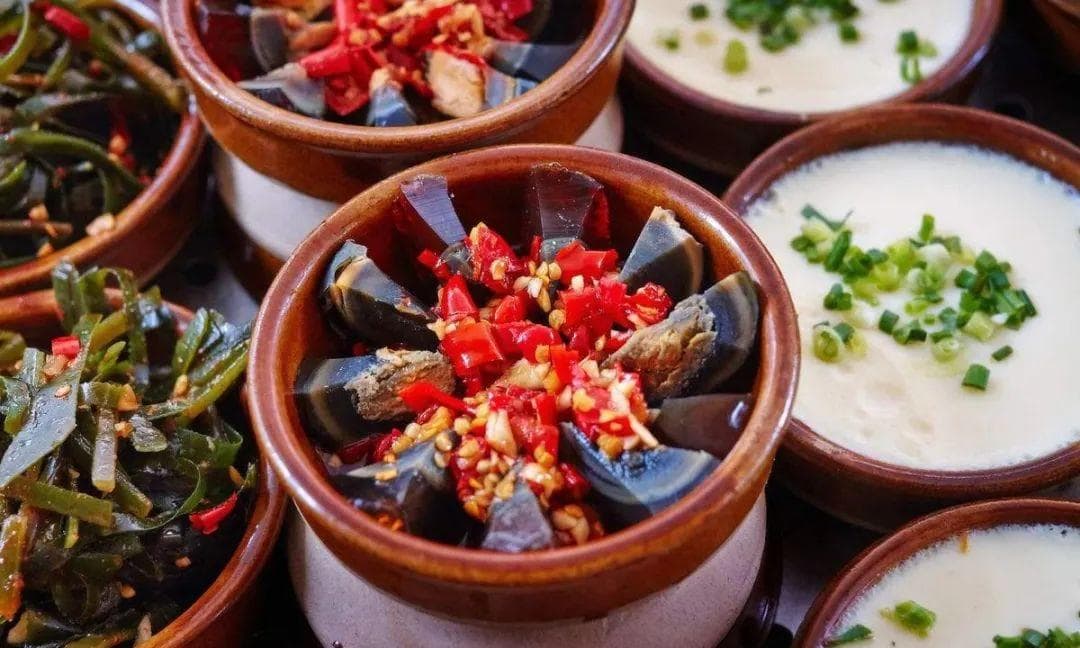
As usual, here are some small steamed dish restaurants where you can blindly order anything and it’ll be delicious.
Liushui Zhenxiang is a very famous brand in Liuyang, and they’ve opened many branches thanks to their strong reputation. The dining environment is also considered quite good locally.
I recommend visiting the main branch on Chezn Lu Street, which has three impressive floors. Who would have thought the average cost per person is only 30 yuan?
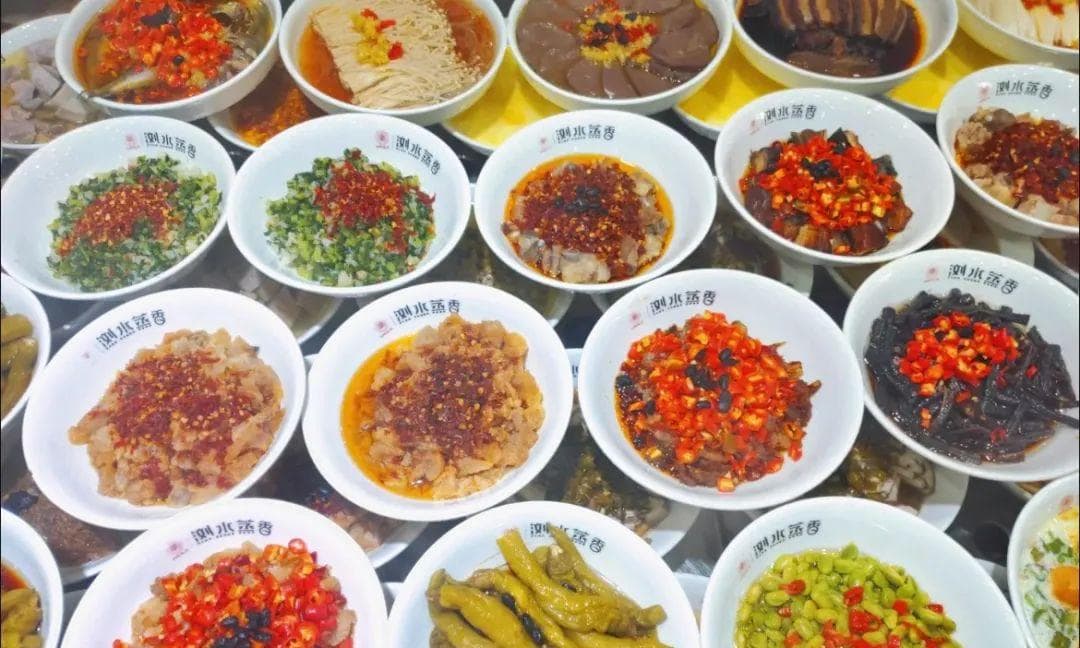
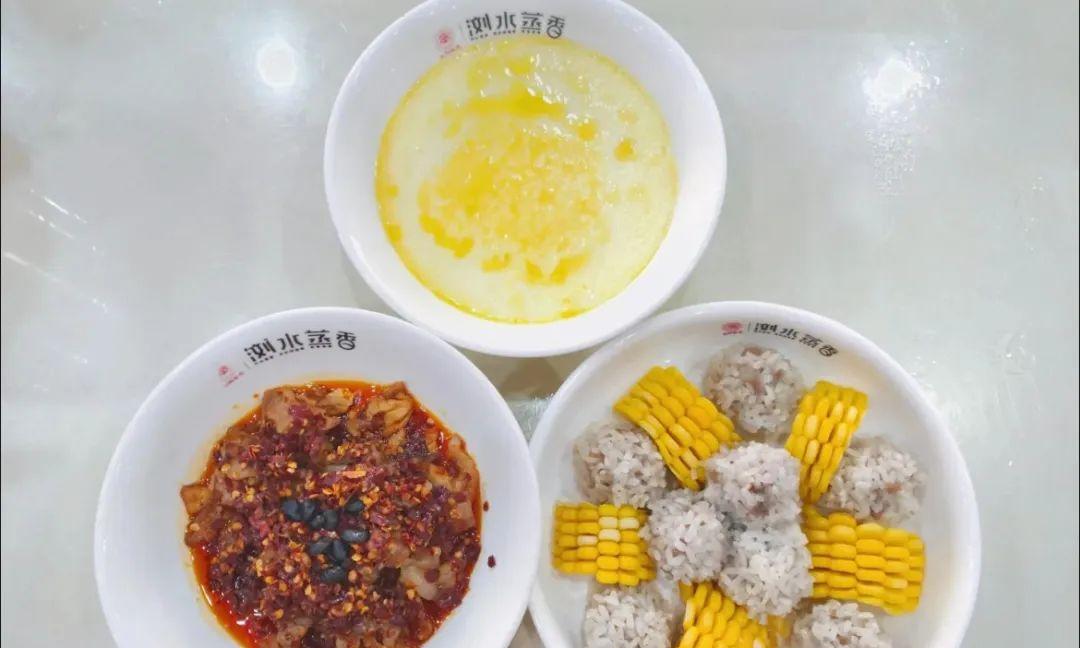
Brother’s Steamed Dishes Restaurant is the pinnacle among Liuyang’s small steamed dish eateries.
Most hearty dish prices range from 25-35 yuan, while vegetable dishes cost about 5-10 yuan. This place is genuinely cheap and offers large portions, and the flavors are highly appreciated by locals. The top-selling dishes include steamed vinegar chicken, steamed chicken feet, steamed ribs, and steamed pumpkin.
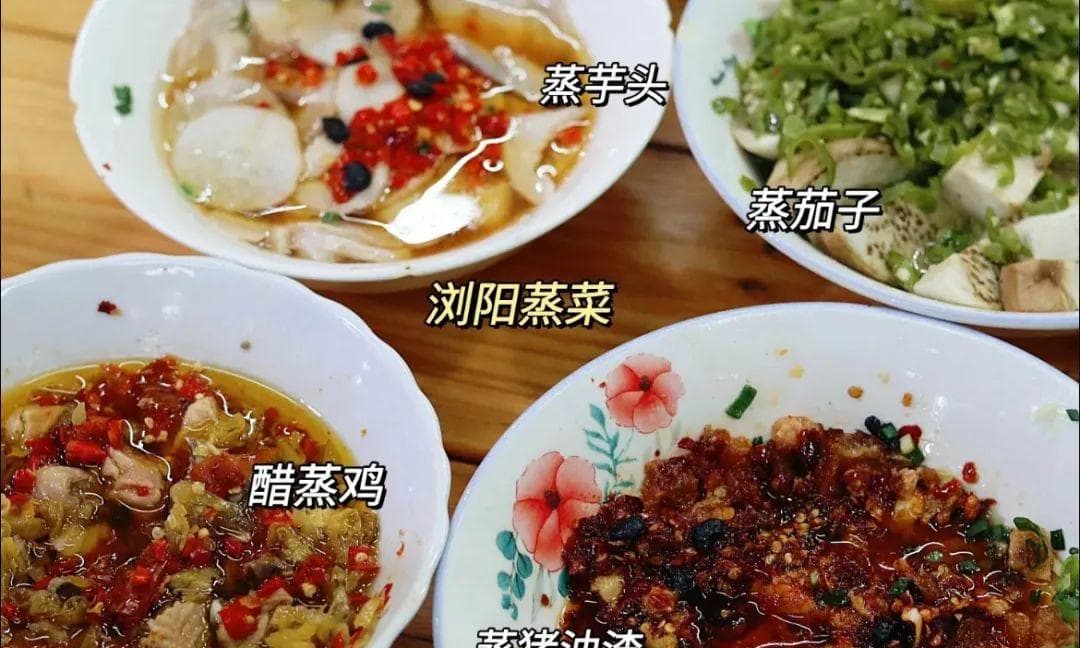
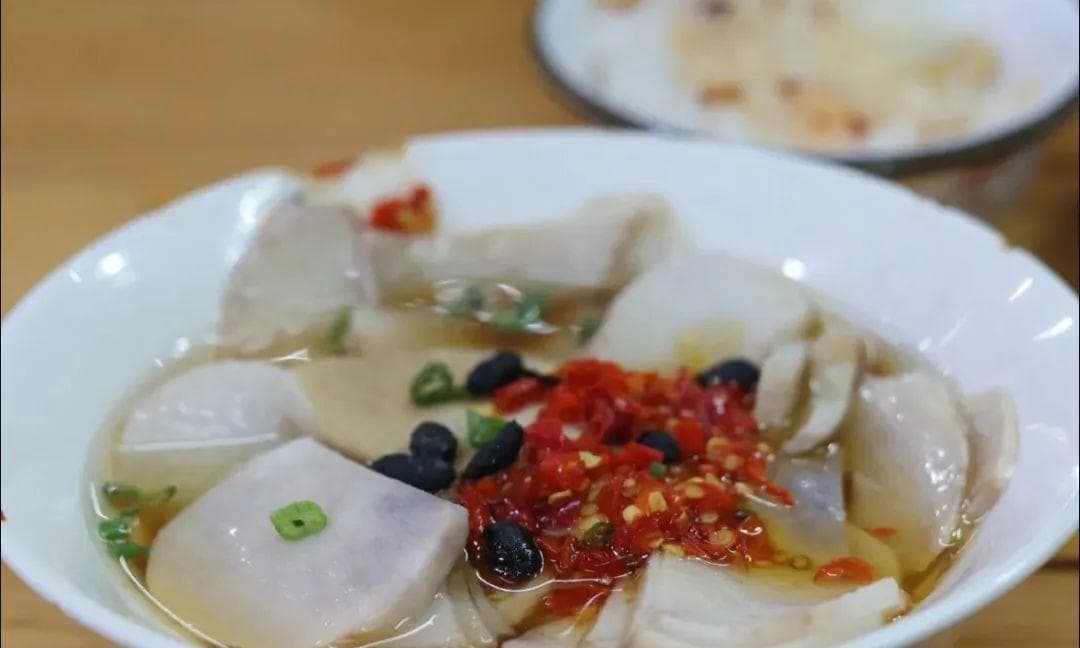
Photo: @LalalaYan
Compared to the first two, Tao Hong Hotel, which has been in operation for over 20 years, resembles a local canteen for residents, with very few patrons speaking Mandarin.
It is also divided into a steamed dishes area and a stir-fried dishes area. Personally, I think their stir-fried dishes are as good as their steamed dishes, making it an all-around excellent choice.
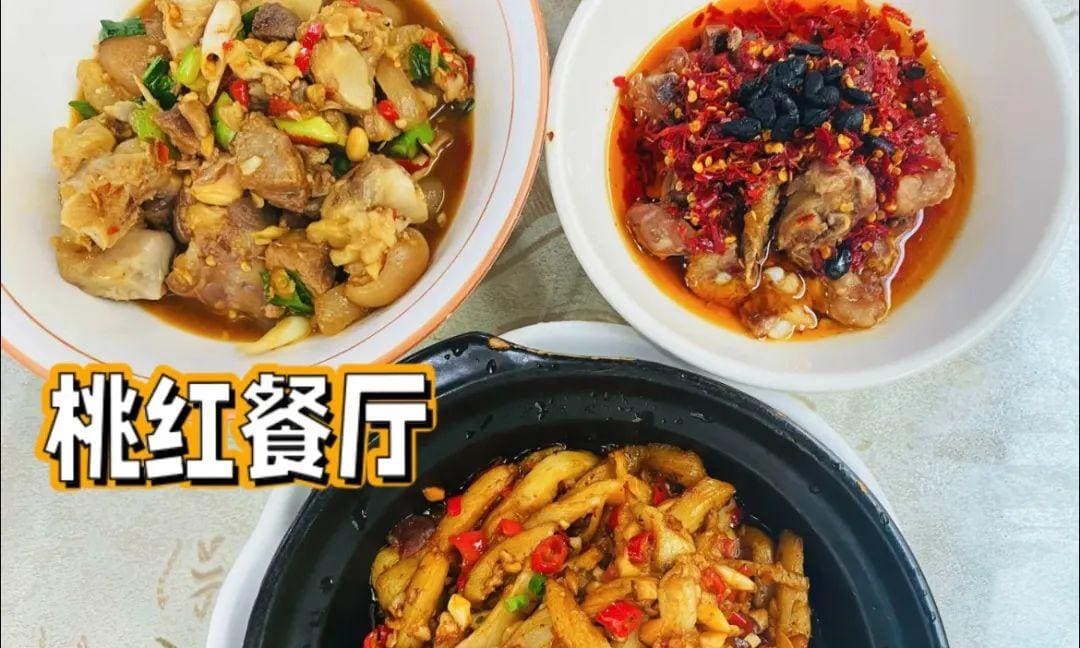

Photo: ‘@NoUserID’
Besides their famous steamed dishes, handmade rice noodles are a must-eat in Liuyang.
Hunan is renowned for its rice noodles, with each place having its unique style. Liuyang residents particularly favor handmade wide noodles (locals typically refer to wide noodles as “mi fen” and round noodles as “za fen”) topped with a generous amount of ingredients.
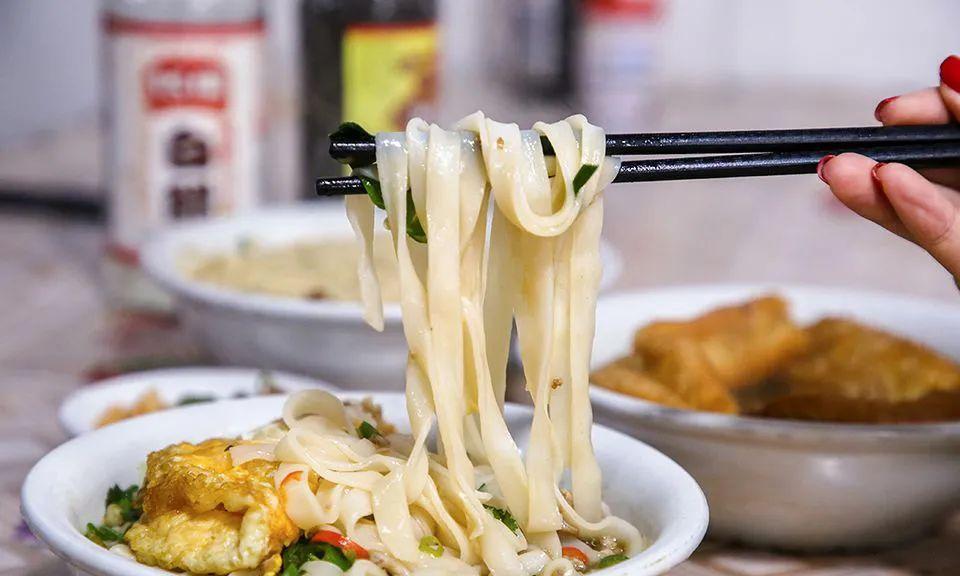

Classic combination formula: a broth made from pork bones as the base, wide noodles blanched until cooked, then topped with a heap of ingredients (braised meat, red-braised beef brisket, spicy beef, fatty pork intestines…), and a final layer of homemade pickled vegetables, beans, and chili on top.
This setup costs under 15 yuan, making residents of Changsha sympathetic to the owners’ costs, remarking, “These toppings could cover three bowls in Changsha!”
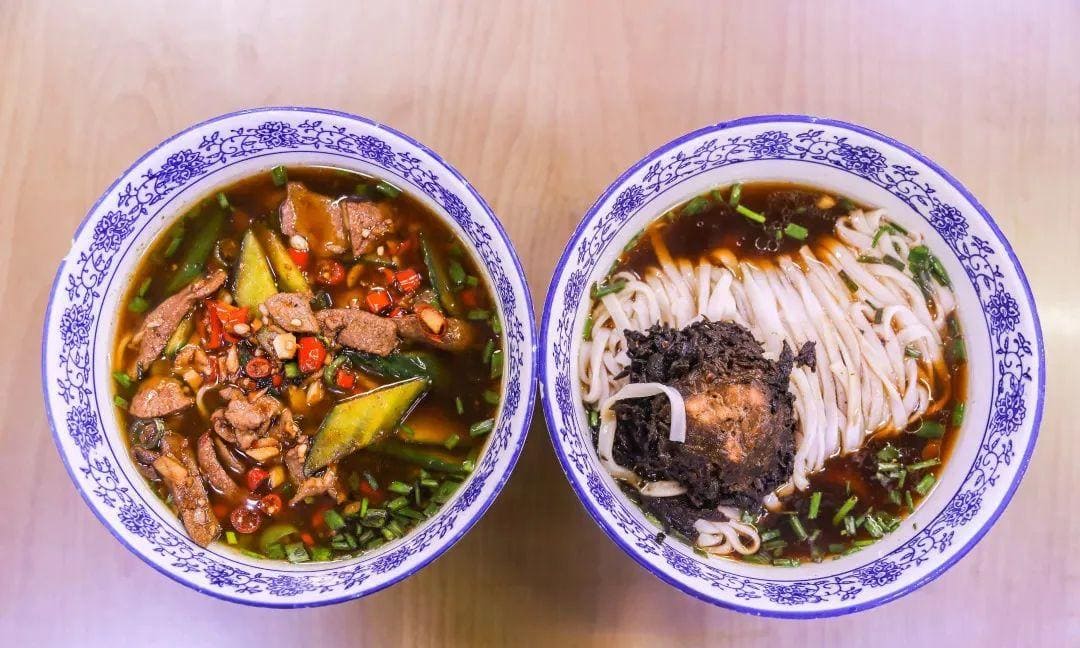

There are many worth-trying noodle shops in Liuyang, with Xie Grandma’s Noodle Shop and Hu’s Handmade Noodles being quite famous.
Both of these shops appear to be small and somewhat shabby, but they each have a dedicated area for making noodles.
All the rice noodles are made the same day and sold the same day, so you’ll find it’s challenging for these small handmade noodle shops in Liuyang to expand into fast-food chains because it requires great skill.

Beyond noodles, Changsha also has plenty of delicious braised snacks, a trait Liuyang inherits as well.
Even though people from Liuyang eat chili peppers as regularly as they eat fruit, the primary flavor of Liuyang marinated delicacies is the marinade itself, with the spiciness coming second. This delayed onset of heat extends the enjoyment of gnawing on duck necks and chicken feet.
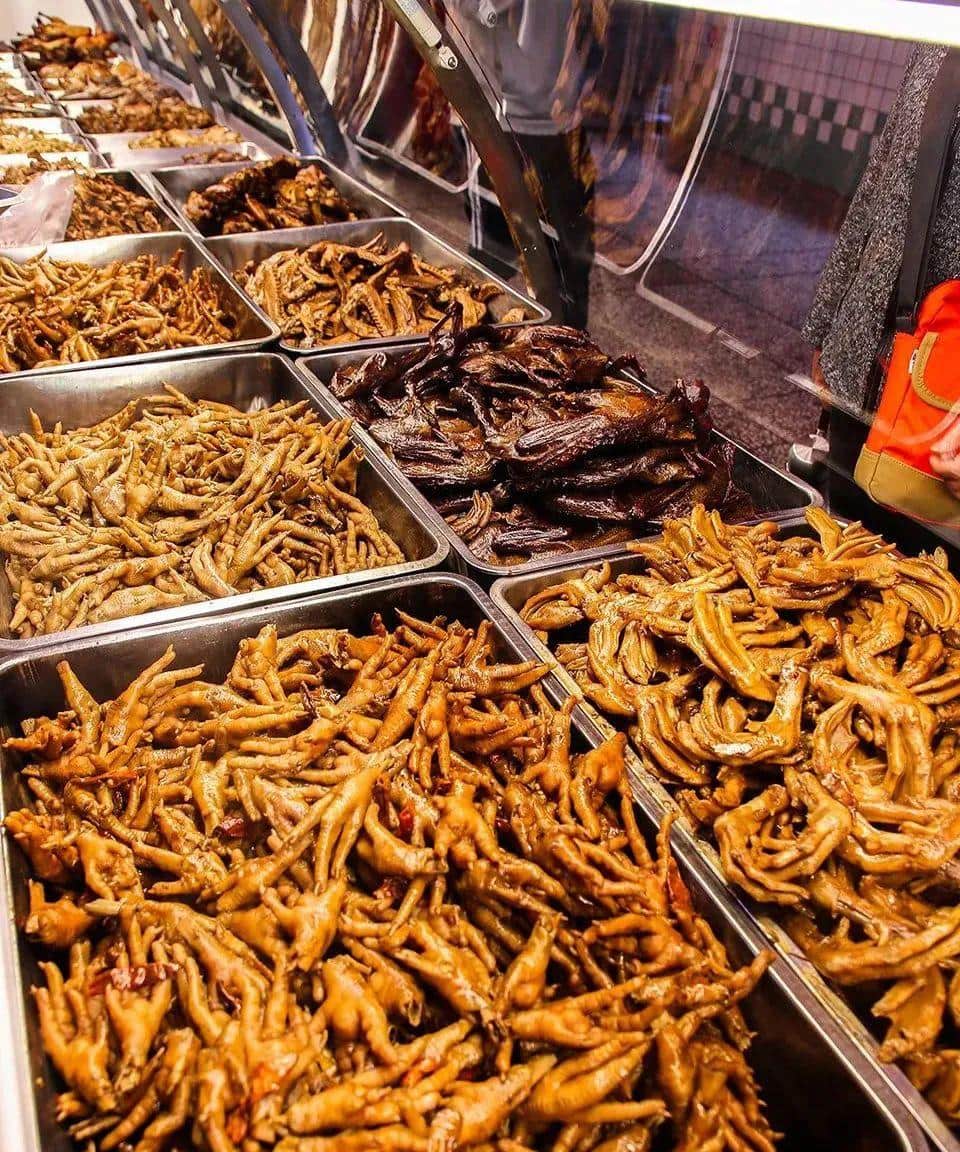
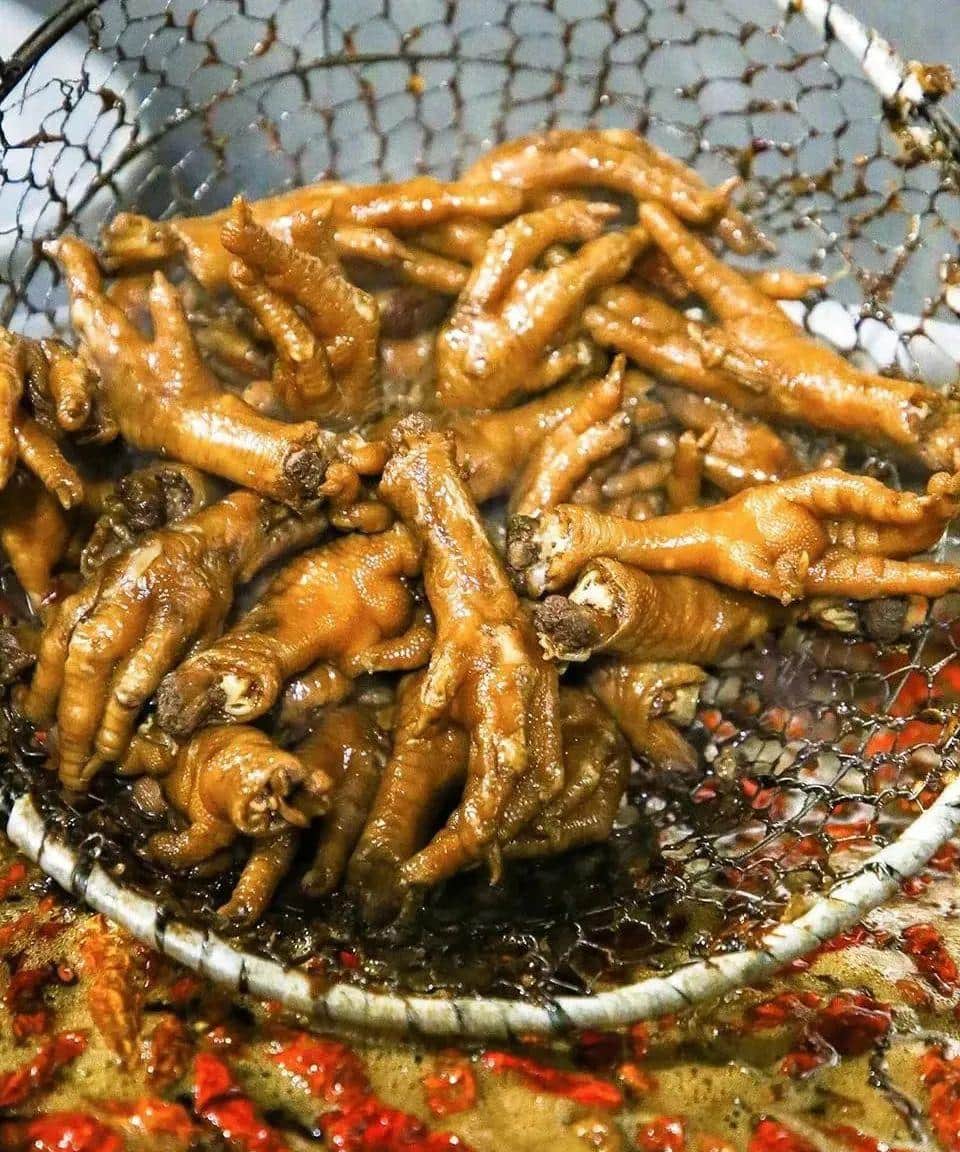
Traditionally, shops like Xianglu Weipu and Peng Ji Braised Bean Curd, which are situated in vegetable markets and praised by uncles, aunts, and neighbors, are known for their delectable marinated snacks.
Similarly emerging from the vegetable markets, Tang Shi Lu Wei Da Wang has opened branches in Changsha. It makes one wonder if we’ll see this ‘Liuyang version of Zhou Hei Ya’ step out of Hunan and compete in neighboring Hubei.
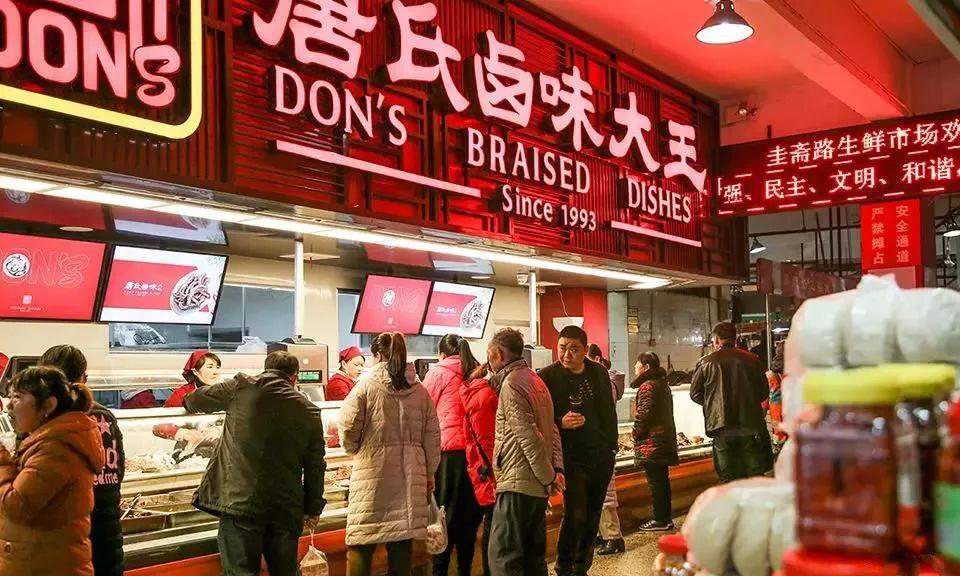

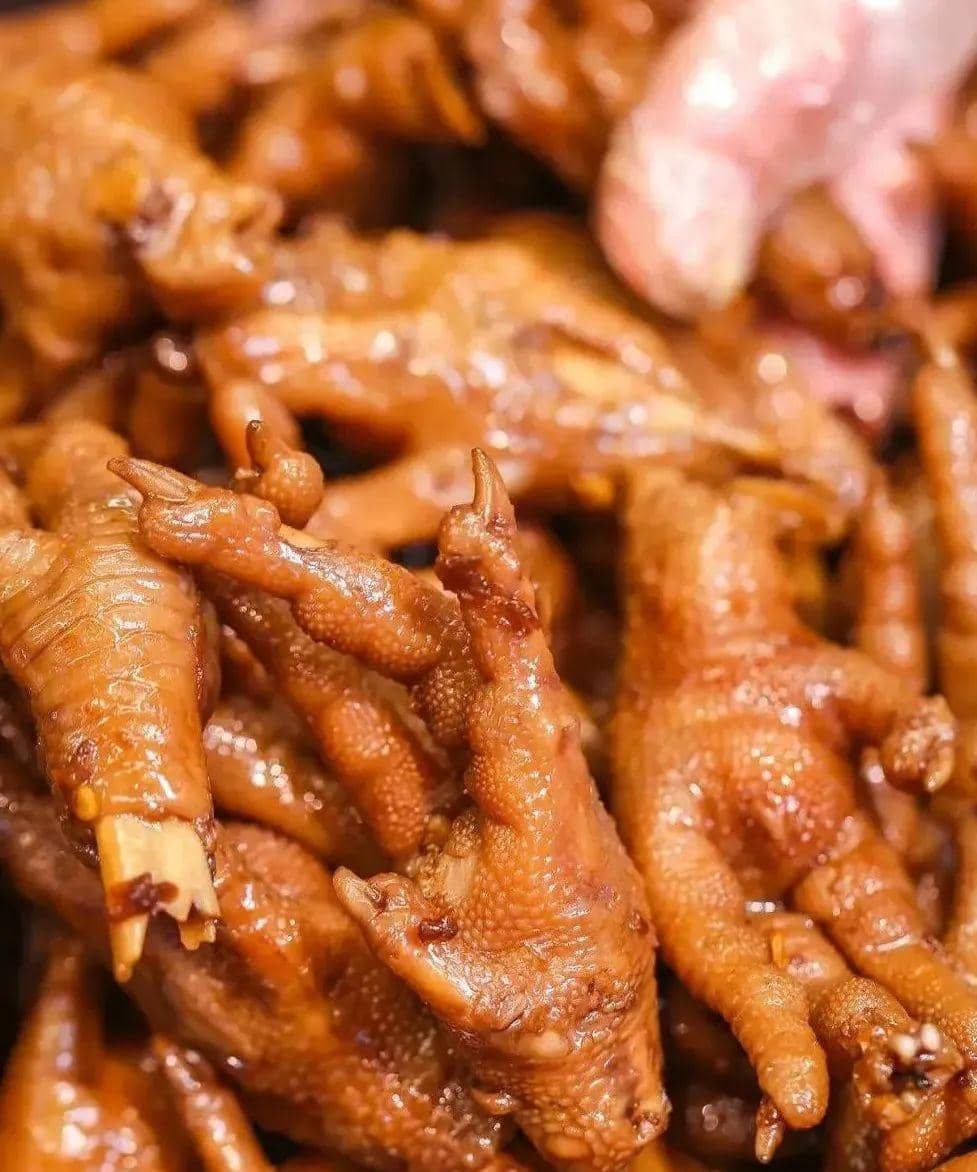
After watching the fireworks at night, you can head to Bei Mo Ting for a late-night snack.
This place is the most popular night snack spot in Liuyang. With their signature dishes such as crayfish in the summer and river snails in the winter, they entice a large crowd of food enthusiasts every season.
Moreover, the service here is exceptional—comparable to Haidilao, a renowned hot pot chain—so it’s no surprise that even on cold nights, their entrance is bustling.
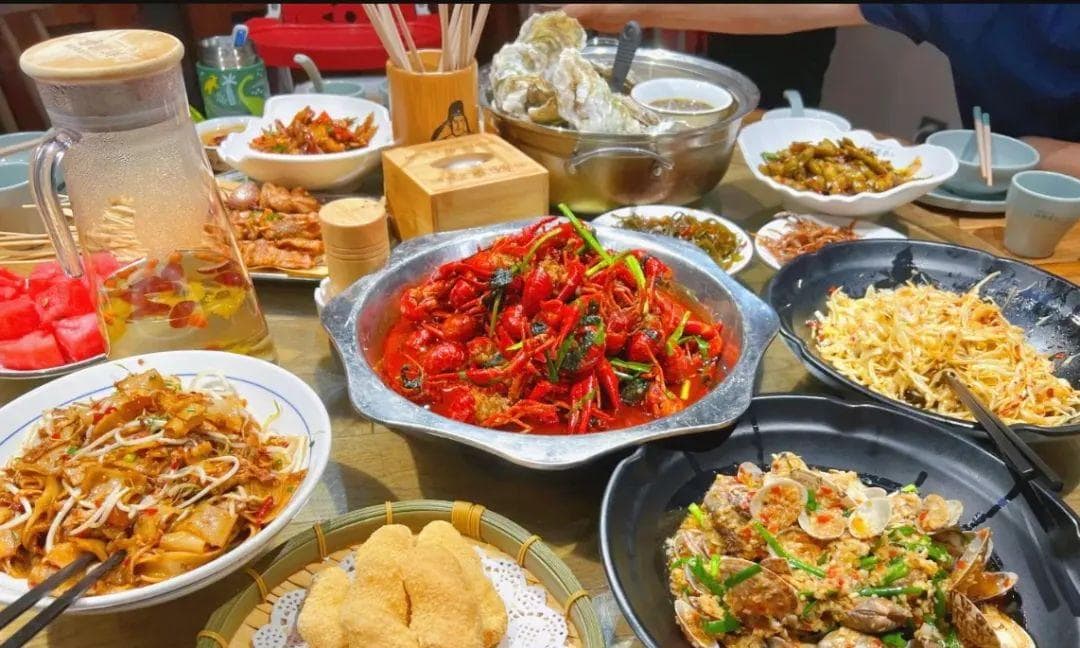
Picture: @niuwa360

After the fireworks and a meal of steamed dishes, what else can you do in Liuyang?
To be honest, I think the tourist attractions in Liuyang are just average and more suitable for visiting in the summer.
Compared to Changsha, Liuyang has more mountains and water, making it a small mountainous city. During Changsha’s infamously hot summers, a lot of people come to Liuyang to escape the heat.

*Shiniu Village Scenic Area
Liuyang’s urban area is small, with most attractions scattered in the distant suburbs, and they are far apart from each other, making it best suited for self-driving tours.
If you just want to wander around the urban periphery, you can visit the Liuyang Confucius Temple and Xihu Mountain.

The Liuyang Confucius Temple, originally built in the Northern Song Dynasty, is one of over a hundred Confucius temples nationwide and is remarkably well-preserved.
Tan Sitong and others promoted the Reform Movement and established a new arithmetic school in the Guiwen Pavilion of the Confucius Temple.
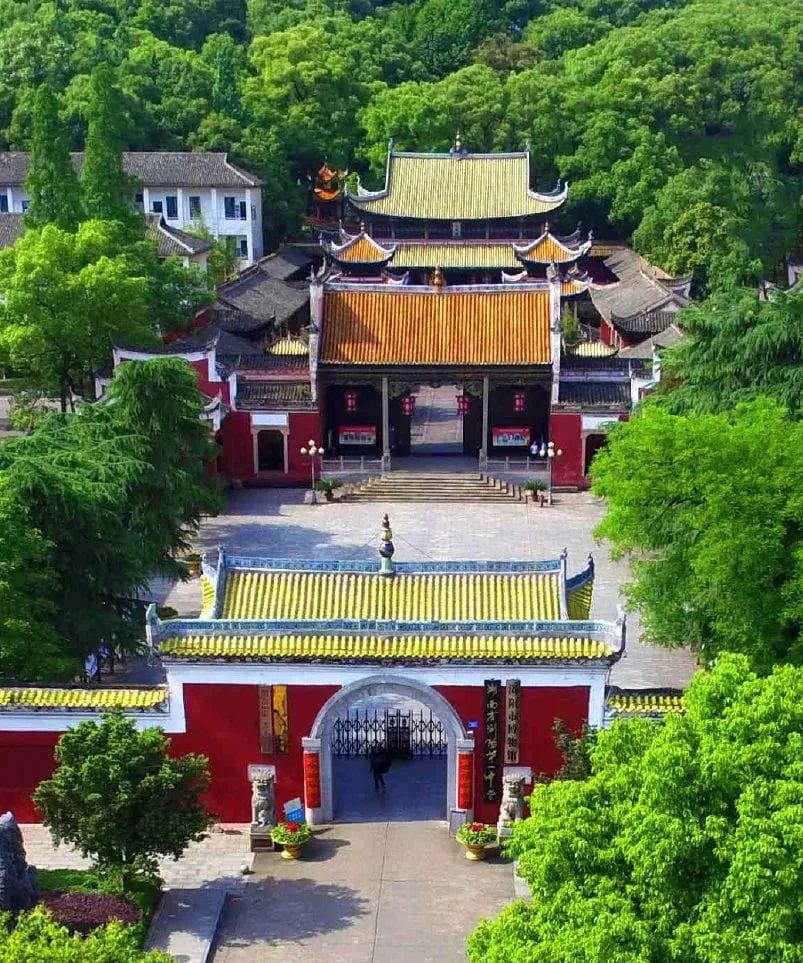
For those willing to move about, Xihu Mountain, a frequent leisure spot for Liuyang locals, offers an excellent scenic view.
You can opt for a full hike, which takes about an hour, or drive halfway up and then hike to the Giant Lake Tower at the summit for a bit less exertion.
From the top, you can overlook much of Liuyang’s old city, and if you time your ascent well, you can catch the sunset from the mountain top.
For those looking to venture further, places like Shiniu Village Scenic Area, Zhouluo Grand Canyon, and Daweishan National Forest Park are all picturesque and excellent for summer retreats.
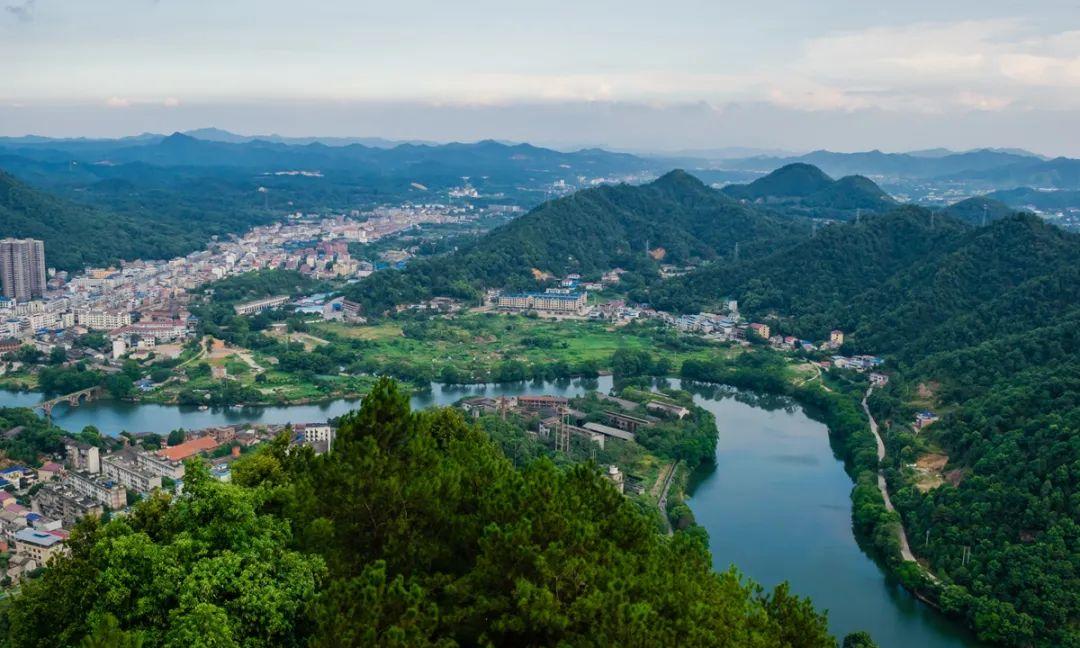
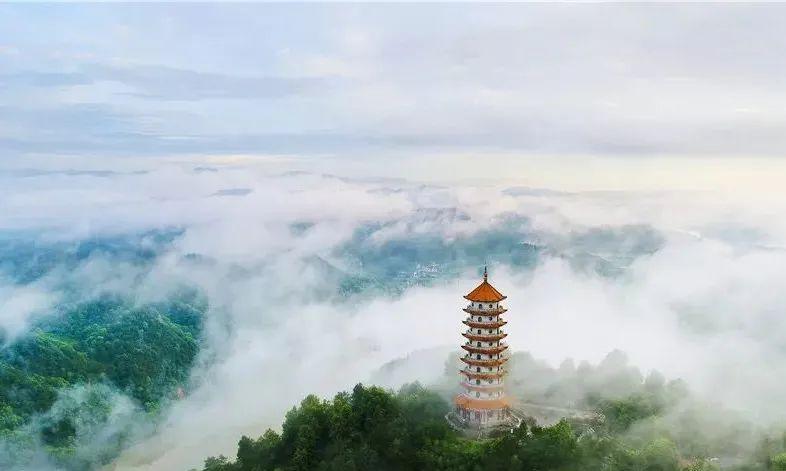
The Shiniuzhai Scenic Area is quite popular, mainly for its outdoor activities.
Zhouluo Grand Canyon features numerous waterfalls of various sizes, making it a popular spot for people to go drifting and stream trekking in the summer.
Comparatively, I would recommend Dawei Mountain more because its higher altitude and larger elevation difference offer better attractions. In winter, it has ski resorts, and in summer, you can go drifting, making it a more engaging destination.
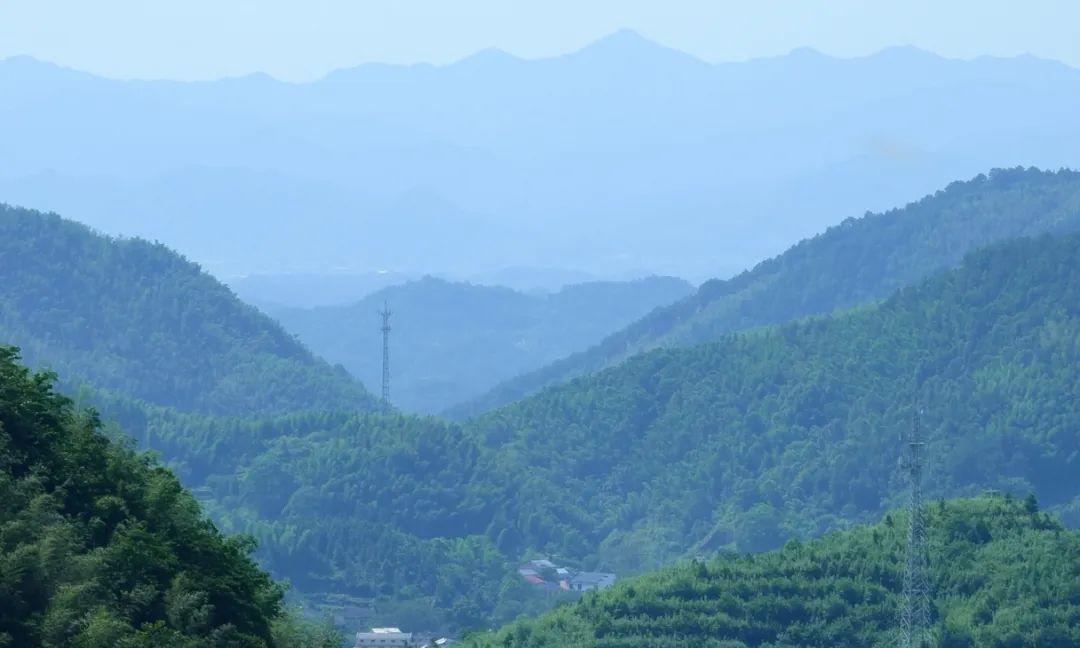
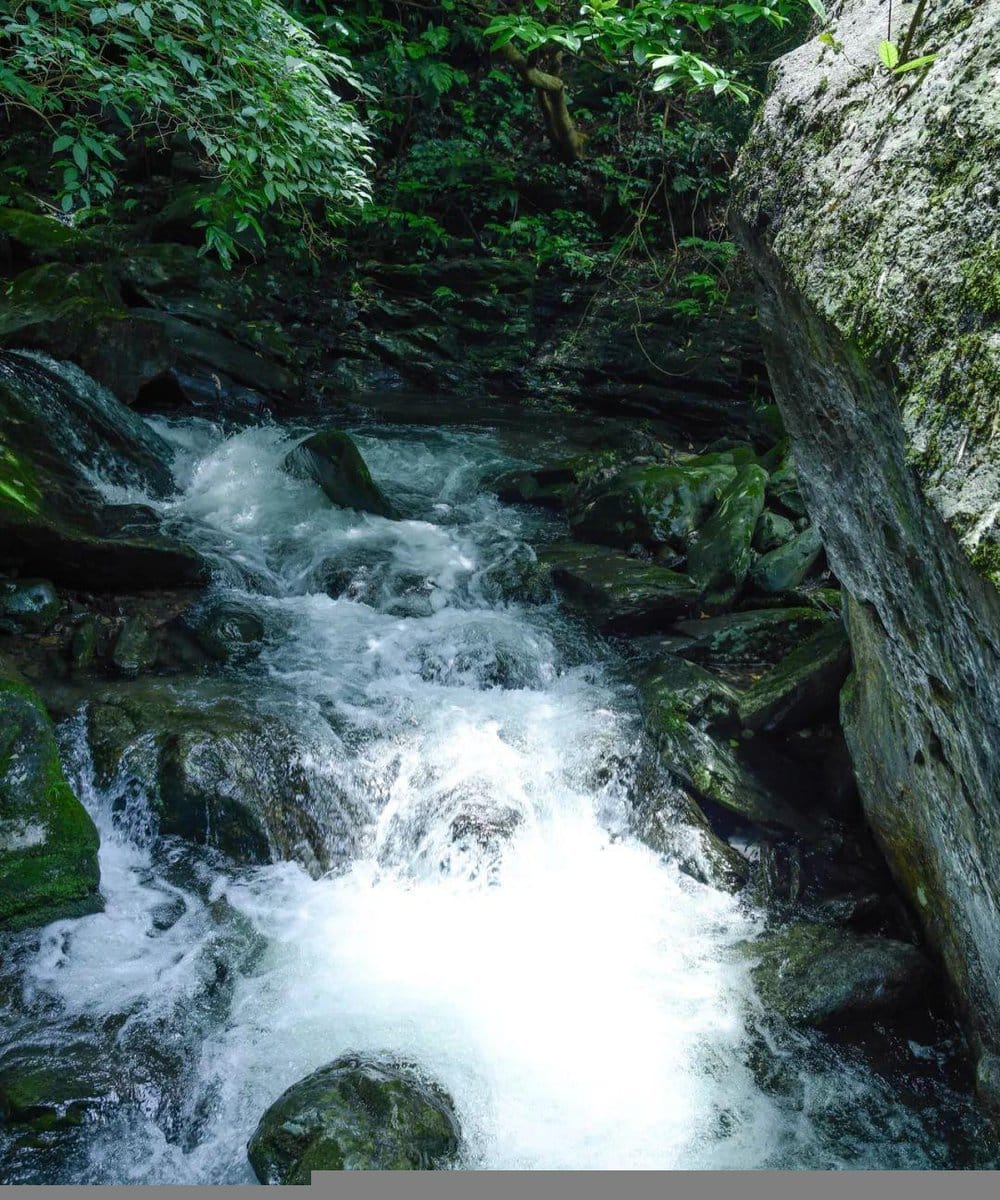

That’s pretty much an overview of traveling and enjoying food in the small city of Liuyang. Though the city is not large, a two-day-one-night trip is more than enough.


The diversity of food and entertainment in Liuyang definitely can’t compare with Changsha, but I believe it has its own irreplaceable charm and you won’t find a replica of it elsewhere.
The summer fireworks festival along Japan’s Sumida River has always been on my travel bucket list. It’s undeniable that the Japanese are adept at creating an atmospheric experience.
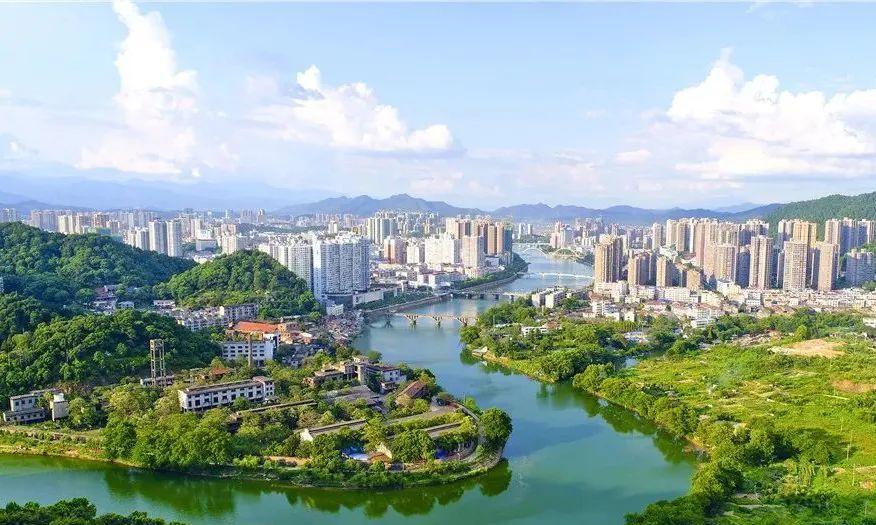
However, if you compare them in terms of technicality and aesthetics, Liuyang fireworks might not necessarily lose out.
Even though its presence is less known, I still want to give a shout-out for Liuyang. If you get the chance, come to Liuyang and watch a fireworks show that satisfies 1.4 billion “clients.” Who says Chinese people don’t understand romance?~


